Net Metering in Texas
Texas’ solar industry is one of the fastest-growing in the nation, and has so much potential for growth that the Solar Energy Industries Association (SEIA) recently named Texas the second-best state for solar in the country. Yet, unlike the 38 other states that require utilities to offer net metering – the policy that saves homeowners money on their electricity bills by crediting them for excess solar energy their panels generate – Texas has no statewide rules for solar net metering (read more about net metering here: SEIA).
Instead, retail electric providers, as well as many municipal utilities and electric cooperatives, offer different forms of solar buyback programs for Texans to take advantage of, essentially taking the place of statewide net metering policies. However, the lack of official state net metering policies, paired with Texas’ peculiar electricity market, makes it somewhat difficult for solar owners to navigate what solar buyback options are available to them.
It can be confusing, and that’s why we’re here to brief you on the solar buyback options available in Texas, whether or not you’re able to choose your own plan, and which plans help make your solar system an even better investment.
Texas’ Electricity Market
As with many things, Texas has a unique approach to its electricity market. Eighty-five percent of the state participates in a deregulated electricity market while the other 15% has a regulated electricity market, and your solar buyback options differ depending on which market you live in.
In a deregulated market, the supply of electricity is separate from the delivery of electricity. Texans living in the deregulated market can select where their supply of electricity comes from by choosing a plan offered by different electric companies known as Retail Electric Providers (REPs). Choosing the right REP can help you maximize your solar savings and add value to your investment.
It’s a bit simpler for Texans living in the regulated market. If you live in these areas, you do not choose a REP. Instead, your municipal utility or electric co-op handles both the supply and delivery of electricity to your home. So, the only electricity plans and solar buyback options you have are the ones offered by the utility company in your area.
Solar Buyback Plans Offered in Deregulated Texas
There’s over a hundred REPs to choose from in Texas, but if you’re looking for a REP that offers a solar buyback program, this number drops significantly (making it much easier to choose!). However, not all of the buyback plans offered by these REPs are created equal, and choosing the right one can make a big difference on your return. There’s three categories that these solar plans fall under, which we’ll discuss next.
- Uncapped Credit Plans
Uncapped solar buyback plans save solar homeowners the most amount of money because there is no limit on how much excess solar power the company will credit you for. The only REP currently offering this plan in Texas is Pulse Power. On months when your solar panels produce more energy than your home uses, Pulse Power will pay you for that excess energy in the form of a bill credit, which can be carried over to help reduce your energy costs on future electric bills, when your solar panels might not produce enough energy to cover all of your electricity needs. The solar buyback credits are valued at the “energy charge rate”, which is the same rate Pulse charges you for electricity you use from the grid. Keep in mind though, electricity use from the grid will have additional delivery charges included. This means your solar buyback credit will be worth slightly less than what you pay Pulse Power for each kilowatt-hour (kWh) of grid electricity. - Capped Credit Plans
As the name suggests, these plans place a limit on how much solar energy the company will credit you for. Because these plans limit how much solar energy the company will “buy” from you, you’ll get slightly lower solar savings than if you choose an uncapped plan. Just like with Pulse Power, these plans credit solar energy at the energy credit rate, which does not include any delivery charges. So, you pay a little more money for energy you take from the grid than what your solar energy gets credited for. - Real-Time Metering Plans
Real-time metering (RTM) solar buyback plans operate a little differently than the previous two. These plans credit you for your excess generation at what the retail market price of electricity is at that exact moment. The retail market price of electricity fluctuates throughout the day, depending on factors like demand and where you’re located. This metering system has more variables, but essentially, since your solar generation is not netted against your energy consumption, the rate that the REP pays you for excess solar energy is generally going to be much lower than the rate you buy electricity for.
Solar Buyback Plans Offered in Regulated Texas
Things are simpler for those who live in the 15% of the state that is regulated. There’s no choice in what you get- either your utility has some sort of solar buyback or it doesn’t- and it’s either good or bad.
There are some decent plans available in Brownsville, San Antonio, Eastern Texas, and other regulated counties (use this link to find more information about these plans). If you live in these areas it’s best to do some preliminary research on your own before having a consultation with us or another solar company that services your area (NATiVE serves most of Texas but does not go further west than Amarillo). However, one of the most interesting approaches to solar billing, not just in Texas, but throughout the entire country, takes place in Austin.
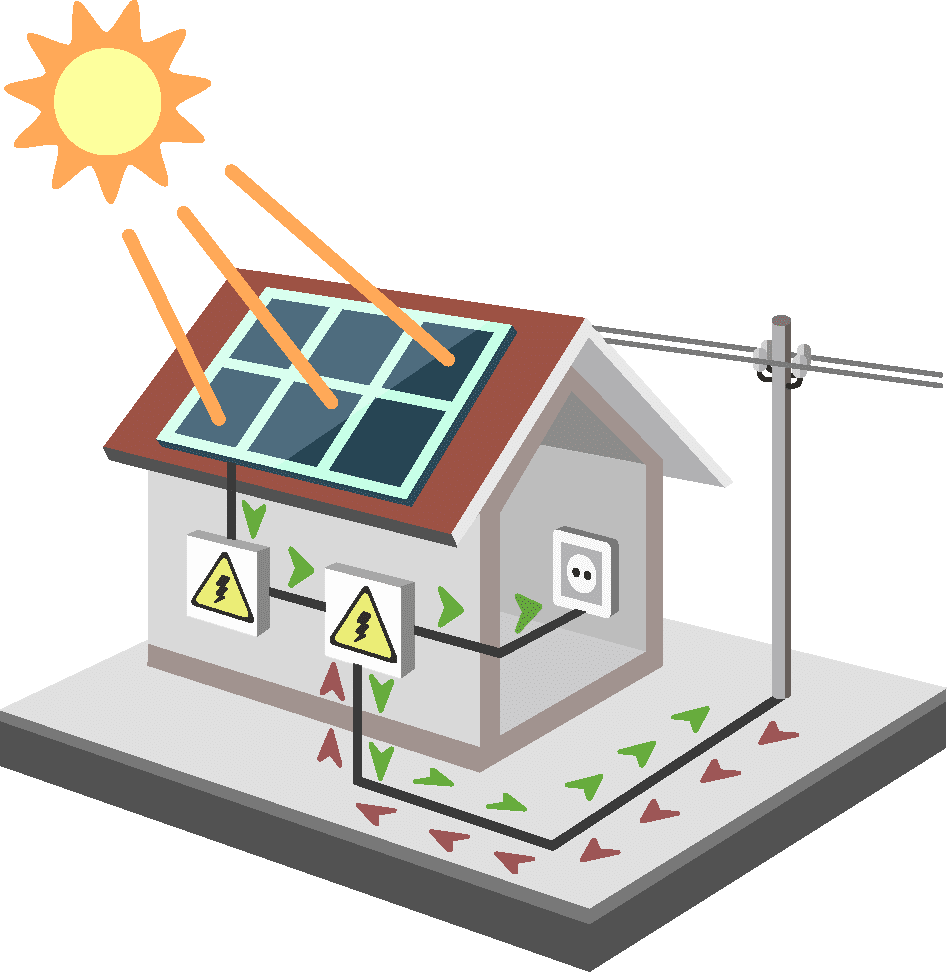 Austin Energy’s Solar Buyback Plan
Austin Energy’s Solar Buyback Plan
Unlike other plans that credit solar energy at the retail rate or the real-time market price, Austin Energy credits solar energy at the Value of Solar (VOS) rate. This rate takes many factors into account, like energy savings that solar provides to the utility, how solar can reduce stress on the grid’s transmission and distribution system, and the environmental benefits that home solar provides. Right now, the Value of Solar rate is higher than almost all residential electricity import rates, meaning your solar energy is worth more than grid energy! This makes going solar with Austin Energy a great investment.
Austin Energy: An Example to Follow
We would love to see more solar buyback plans like Austin Energy’s develop across Texas. Homeowners producing their own solar power should be paid what their energy is really worth, and the VOS rate reflects this much better than any rates offered by other REPs or utilities in Texas. The VOS rate incentivises more homeowners to go solar, helps them pay off their investment faster, and improves the city of Austin as a whole by decreasing strain on the grid, building resilience through localized, distributed energy sources, and creating a greener, cleaner, and healthier city for all its residents.
NATiVE: Always Here to Help on Your Solar Journey
With solar buyback plans such as Austin Energy’s, going solar becomes an incredibly worthwhile investment that will benefit you for years to come. Even if the buyback plans in your area aren’t as good, going solar can still save you hundreds of dollars a month on your energy bills. So do your research, and let us help you! Get a free quote and schedule a consultation with us to go over all of your unique details.


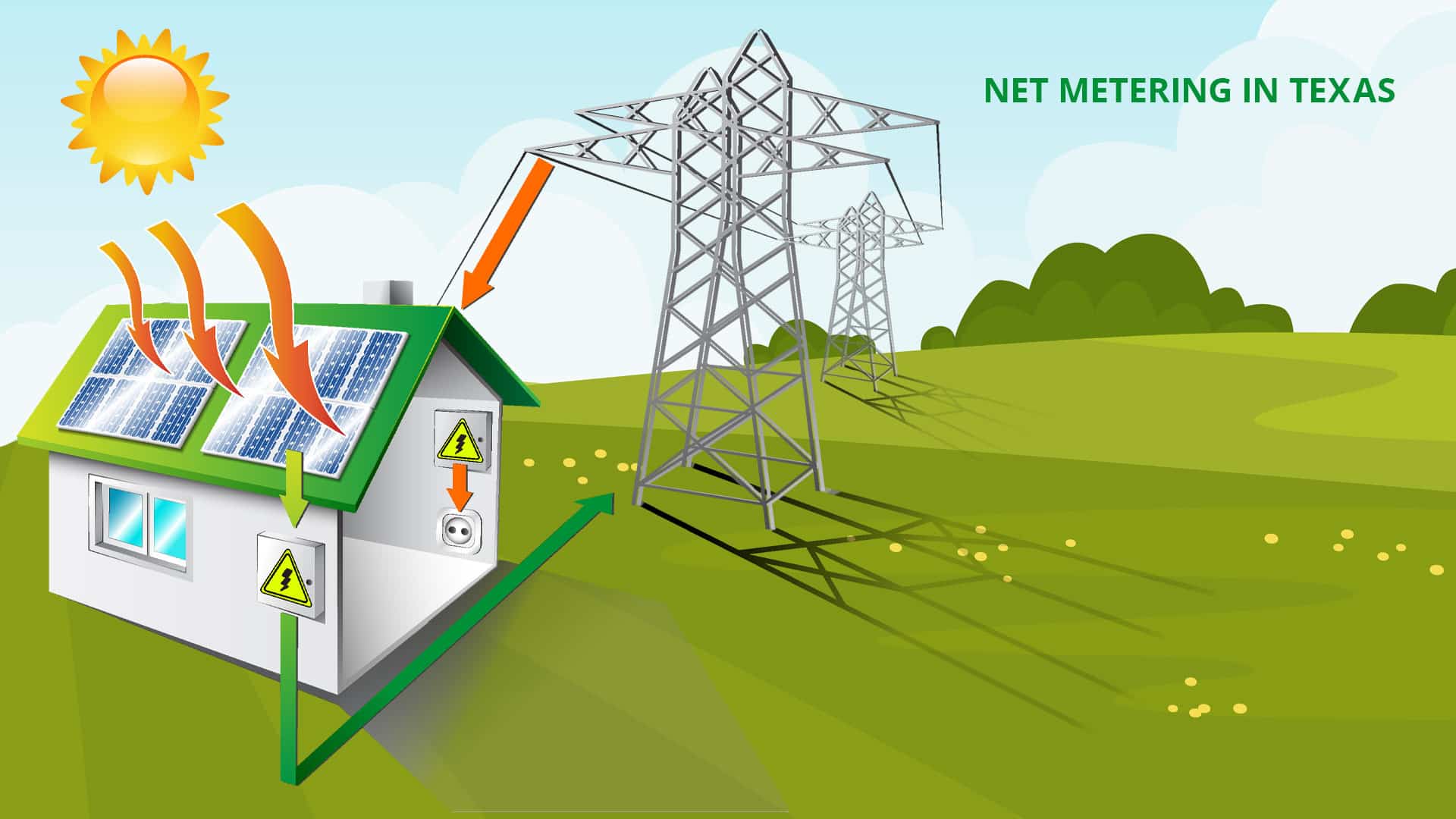
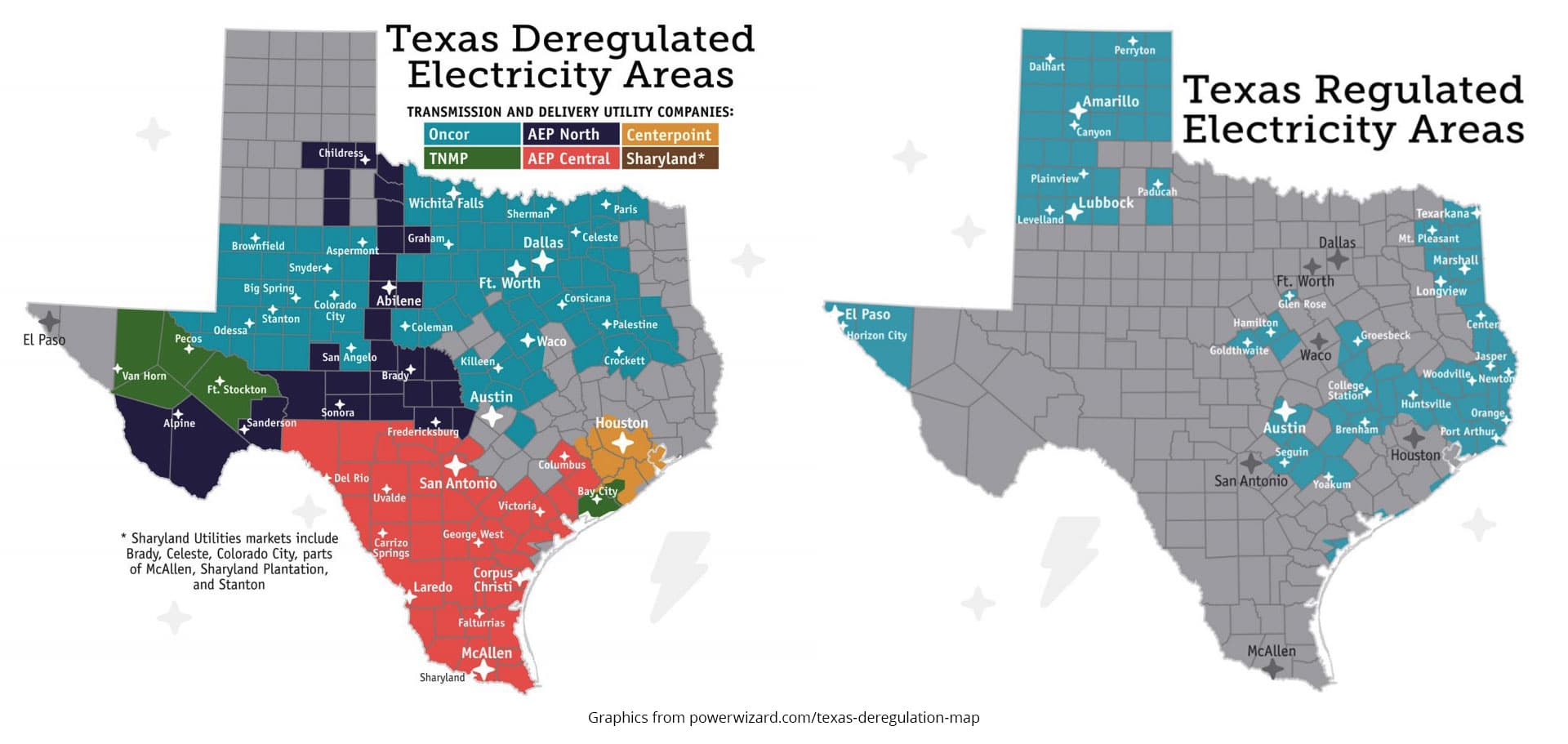

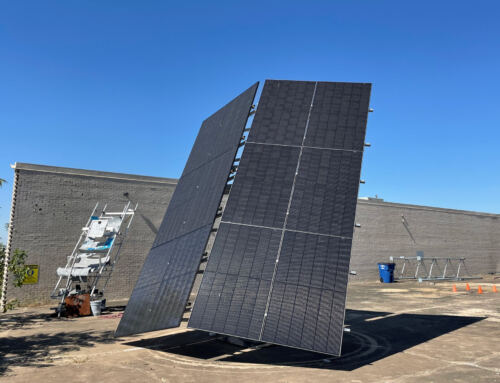
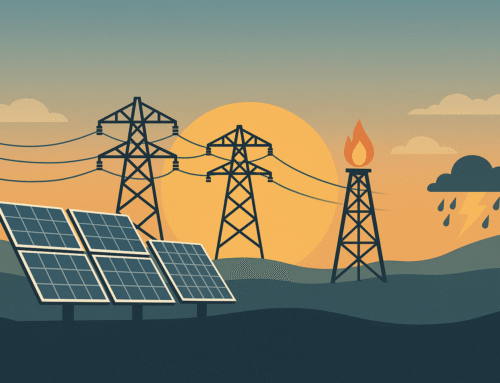
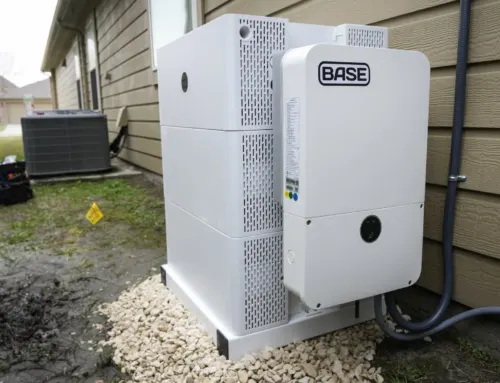


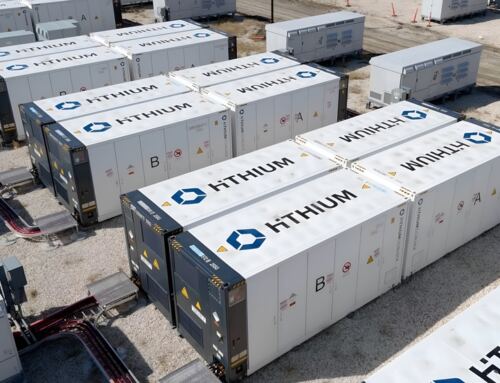






















What’s aggravating is that companies are trying to steal your excess generation by not rolling over the excess into the next month. I was receiving negative bills for like 8 months of the year with Green Mountain and then they changed the plan so that they don’t roll over excess production thus stealing from your investment and causing me to have 60 to 85 dollar electric bills every month.
After reading this article I joined pulse in hopes of getting the proper return on my investment vs allowing companies to make money off my investment.nni don’t care about them….. I care about me. Good riddance Green Mountain Energy
Yes, net-metering in Texas leaves a lot to be desired. I had solar installed last year. Being a TXU customer for over 20 years, I checked with them first. Early in 2022, they still had a buyback plan that for all practical purposes bought your excess electricity at 0.04 less than what they charged. That was okay, given the argument that solar owners were not paying their fair share for grid maintenance, despite the fact that Oncor still charges about 0.35/kWh for that. By the time I actually got the solar panels installed and working, TXU had cancelled that plan and replaced it with one that would basically zero out my usage but then keep any excess production without compensation.
And so I went to the Internet to find other providers. I came across this website:
https://origin-www.solarreviews.com/blog/texas-net-metering-complete-guide
that had some really good information about net-metering. To summarize, there are currently three different buyback plans, at least here in the Dallas area. The first will do what TXU did and only credit you for your usage. Anything above that, they keep for free. The second, will credit you for your usage, but will also pay you the real time market rate (RTMR) for your excess usage. That number is usually 0.03/kWh. The third option is for the utility to credit you for all of your excess energy at the market rate. When I did my analysis in October of last year, there were only three companies that did this. They are EnergyTexas, Pulse and Octopus. I ended up with EnergyTexas as they had the lowest rates. I locked in their 36-month plan but you have to look closely to add the solar buyback plan from them.
[…] Net metering policies also affect your ROI. If a net metering policy is available in your area, leveraging it can yield a powerful advantage by unlocking the value of existing assets like your roof. This can optimize your energy and turn it from a cost into a source of revenue. Going solar immediately reduces your bill, and with net metering allowing you to sell excess solar electricity into the grid, you can actually monetize your surplus solar energy to create an additional revenue stream that reduces your payback period. Net metering policies that pay higher rates for your clean electricity will lead to higher returns. […]
[…] energy can lead to substantial financial savings. Homeowners and businesses can take advantage of net metering programs, where excess energy produced by solar panels can be fed back into the grid, earning credits to […]
[…] consume during the fall. Excess energy is typically fed back into the grid, in a process known as net metering. This creates a credit on the homeowner’s electricity bill that can be utilized during […]
[…] recoup their initial investment in solar energy systems relatively quickly. Texas boasts a robust net metering policy, allowing solar system owners to earn credits for excess electricity generated and fed back into […]
[…] the abundance of financial incentives and savings available to homeowners. The state’s robust net metering policy allows solar system owners to earn credits for excess electricity generated and fed back […]